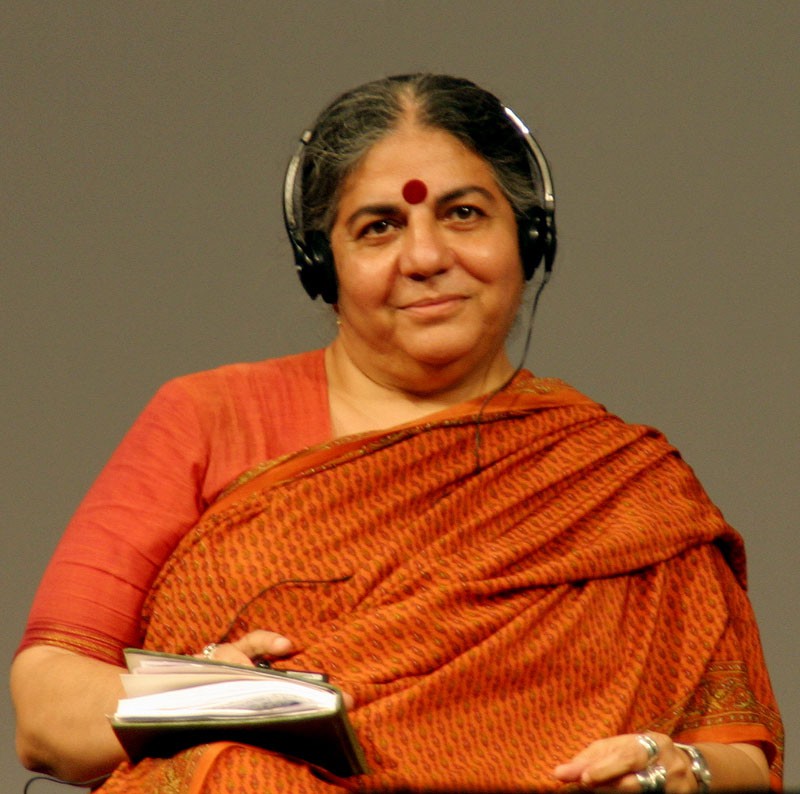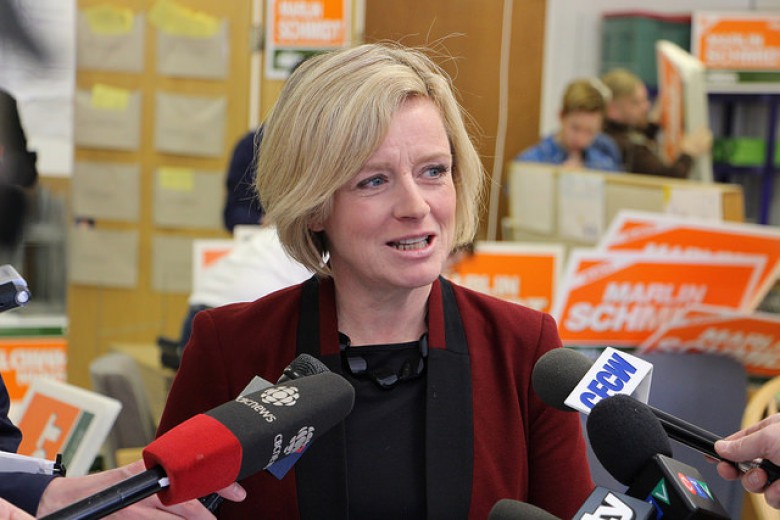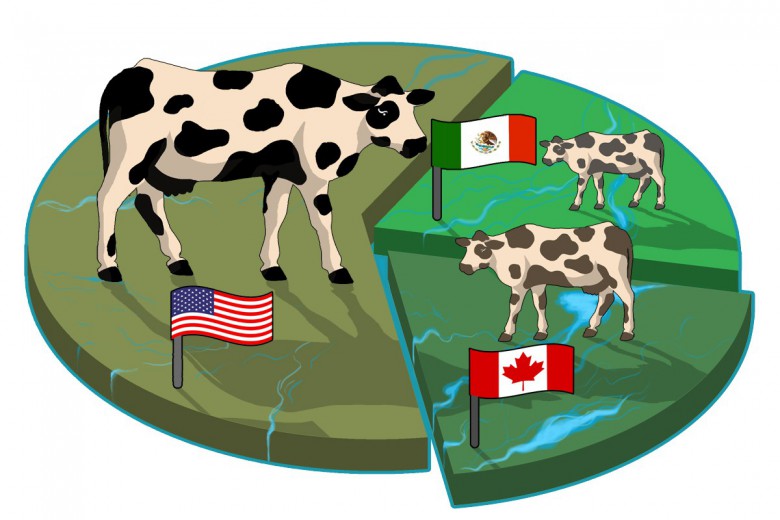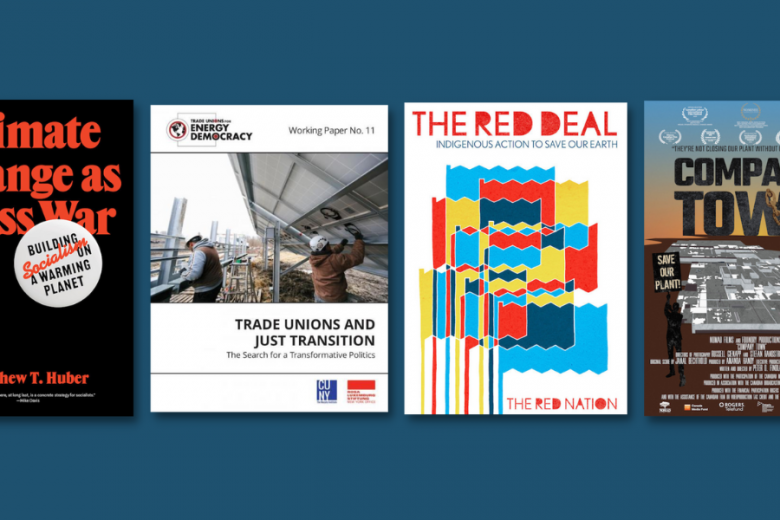
These are no ordinary times.
As humanity finds itself in the throes of twin crises – the worst economic crisis since the Great Depression and an ecological crisis that could threaten the very viability of our civilization – more and more people are grappling with the realization that the human project has somehow gone dreadfully awry. Many now recognize that endless economic growth on a finite planet is a recipe for disaster, yet until recently there has been very little exploration of the alternatives to this growth-at-all-costs system.
For years, ecological economist Herman Daly and other pioneers in the field have been pointing out the many environmental and social problems associated with too much growth, but mainstream economists have largely ignored the message and charged ahead with more of the same.
Now, though, a new generation of economists and progressive thinkers is laying the foundations for an economic system that does not seek to sustain unlimited growth, but instead to maintain the health and genuine well-being of people and the environment. At this time of unprecedented and converging global crises, their message at last seems to be resonating.
Briarpatch spoke with six of these visionary thinkers to get their thoughts on the options and opportunities for building a truly sustainable economy. How did the growth mantra emerge as the predominant driver of economic policy today and why is it no longer a viable option? If not growth, what should be the objective of economic policy? How can we make the necessary transition and how can citizens take action to help chart a course to a saner, smaller future?
Throughout almost the entire course of human history, the standard of living of the average person did not change all that much. As the economist John Maynard Keynes once said, there were “Ups and downs certainly. Visitations of plague, famine and war. Golden intervals. But no progressive violent change.”
Not, that is, until a couple hundred years ago when humans discovered that fossil fuels such as coal could provide incredibly efficient energy at a relatively low cost. The fossil fuel age was born and, as a result of dramatic increases in efficiency and productivity, the production of goods in society started to increase. In other words, the economy was beginning to grow.
These fuels contributed enormously to the development of human civilization, says Thomas Homer-Dixon, Chair of Global Systems, Centre for International Governance Innovation at the University of Waterloo and author of The Upside of Down: Catastrophe, Creativity and the Renewal of Civilization. “Fossil fuels have a high density energy per unit; they’re not volatile, they’re chemically simple, and they’re cheap. Three tablespoons of oil provide the energy equivalent of an entire day of human labour.”
The impulse to grow, in itself, is an entirely natural phenomenon, says Bill Rees, professor at UBC and co-developer of the concept of the ecological footprint. “Humans, like every species, have a predisposition to grow, survive, reproduce and accumulate … until we use up all available resources.” The problem is that we are just too good at it. “Our technological prowess,” he says, “has removed all the negative feedbacks, such as disease and food shortages, that have kept other species in check” when they begin to overburden their resource base.
Economic growth soon became synonymous with advancing material wealth and human well-being. Today, maximizing growth rates is a primary policy objective of virtually every nation on earth, whatever its political stripe. Margaret Thatcher even coined the acronym TINA, declaring “There Is No Alternative” to neo-liberalism and the growth imperative. Right-wing think tanks, economists and politicians continue to insist that the more we produce and the higher our Gross Domestic Product (GDP), the better off we are.
But is this true? There can be no doubt that growth has been an enormous boon to material living standards for many. Average health and educational outcomes have also improved as we have become richer.
However, while growth rates have been soaring over the past few decades, real incomes in many countries have stagnated, personal debt levels have increased, environmental problems have proliferated, the gap between rich and poor has widened and reported levels of personal happiness have fallen. In other words, as growth has been going up, actual well-being has stagnated or declined in many countries.
There are several major problems with the growth model and the use of GDP as the sole means of measuring progress. The first is its inability to distinguish between positive and negative expenditures of money. A country’s GDP simply keeps track of overall economic activity – how much people are spending. Many such expenditures, however, could be related to undesirable social ills, such as pollution, crime, poor health or traffic accidents, but money spent on addressing these “bads” adds to our GDP and hence to growth. As the author and activist Marilyn Waring has noted, if all we want is growth, we may as well deliberately crash an oil tanker like the Exxon Valdez into an Alaskan reef rather than deliver its cargo safely ashore.
Mark Anielski is an ecological economist based in Edmonton who works with communities, businesses and governments to help them assess, measure and manage their genuine wealth. In his book The Economics of Happiness: Building Genuine Wealth, Anielski points out that our economy can be growing in monetary terms while real wealth such as natural capital (soil, forests, clean water) is falling. “Who really cares if the GDP rose a few percentage points while ignoring deficits of love, relationships and the environment? A change in the GDP is simply a poor measure of well-being and genuine progress.”
Continued growth is also creating serious environmental problems through the over-consumption of resources, the overproduction of wastes and the burning of fossil fuels to provide the energy needed to maintain a growing economy. Peter Victor, a professor in Environmental Studies at York University, says that one of the reasons it is so difficult to reduce our greenhouse gas emissions is because the economy (and therefore energy consumption) keeps growing. “The faster an economy grows, the greater the increase needed in energy efficiency to achieve an overall reduction in carbon emissions.”
The world over, growth now seems to be producing more suffering than prosperity. Activist and physicist Vandana Shiva has spent many years campaigning alongside poor farmers in India trying to improve their economic and environmental conditions. She says that India, now known as the world capital of hunger, didn’t become so until the 1960s, when high growth rates began.
While growth has successfully raised income levels, many studies have demonstrated that, after certain basic needs are met, more growth does not make us any more satisfied with our lives. What does make us happy, says Mark Anielski, is personal development, meaningful work, strong relationships, leisure time and contribution to our communities, none of which necessarily correlates with economic growth.
“A single-minded focus on increasing wealth has driven the planet’s ecological systems to the brink of failure without making us happier,” says Bill McKibben, author of Deep Economy: The Wealth of Communities and the Durable Future. “How did we screw up?”
For Peter Brown, a professor at McGill University, and Geoffrey Garver, an environmental consultant lecturer in law, the answer is quite simple. The assumptions of our economic system that more consumption and economic activity lead to greater well-being are entirely misguided. As they suggest in their new book, Right Relationship: Building a Whole Earth Economy, the purpose of the economy should not be to maintain growth as an end in itself, but “to preserve and enhance the integrity, resilience and beauty of the whole commonwealth of life” by focusing on the health, vitality and well-being of present and future generations.
This doesn’t necessarily mean the end of growth in all cases. Indeed, there is ample evidence to suggest that targeted growth would certainly improve the well-being of many people living in poverty, particularly in the Global South. However, if we are serious about sustainability, the world economy as a whole will soon need to arrive at some form of “steady state,” whereby the consumption of energy and materials is maintained at a level below the rate at which the earth can replenish resources and absorb wastes. We are currently violating both of these conditions. “Continuing down this path,” says Bill Rees, “will result in the incapacity of the planet to support us.”
Sustainability, according to Rees, simply refers to the ability to continue on our current pathway indefinitely without undermining the basis of our own existence. And this, says Peter Victor, means recognizing that the size of the economy is constrained by the ecological limits of the planet. Victor believes a no-growth or low-growth economy is not only possible, but he proposes in his new book Managing Without Growth that we can achieve it “while eradicating poverty, achieving full employment, protecting the environment and maintaining fiscal balance.”
Instead of being fixated on growth and making more money, people would have more time to spend doing the things that have been shown to bring genuine satisfaction. There is no doubt that our lifestyles will change – we will consume less, for one – but Rees insists we can actually live just as well, if not better. “We are time impoverished, not money impoverished. There will be less emphasis on the material and more on opportunities for people to do things that satisfy them deeply.”
Sound too good to be true? Nobody suggests the transition will be easy, but ultimately we may have no choice. As Victor says, the growth model is simply “no longer viable” in ecological terms. This means that, in the long run, population and consumption will have to be stabilized and the distribution of income will need to be much more balanced. Says Victor, “The Canadian economy at $1.5 trillion is a lot to work with for 33 million people.”
“Maturity should be the goal (of our economic system),” says McKibben. “Our growth spurt is over and now it’s time to face up to the bitter and sweet truth that every individual faces when they stop growing and settle down to a productive adult life.”
Shiva believes that the re-emergence of healthy, empowered local economies could prove to be a viable alternative to the global growth model. “The alternative to growth is not central planning; it is a sustenance economy that is comprised of local producers and receivers of products in a free exchange. A sustenance economy sustains natural capital, human society and meets the needs of people.”
McKibben points to a recent resurgence in the popularity of community farmers’ markets in the U.S. as a sign that such a renewed interest in localized economies is already underway. The post-growth, sustainable economy of the future will look different from one place to another, he says, and much different from the economy of today. We will need to place considerably greater emphasis on interactions and exchange at the community level, from an increased reliance on local foods to more local ownership of energy technologies. “We need to once again depend on those around us for something real.”
But how do we get there?
Individual actions such as green consumerism can be helpful, but as Rees says, we must not be deluded into thinking that minor changes by individuals are going to make any significant difference. “Climate change and ecological decay are major collective problems that require collective solutions. I can’t stop driving my car if I live in a city that doesn’t have public transit.”
Homer-Dixon believes that changes of the magnitude we require only happen when societies are galvanized by some kind of crisis. “We are going to have some systemic breakdowns like we are seeing now in the global economy and people need to be prepared with new ideas and alternatives that can push our society in positive directions when the moment is ripe.”
Many progressive-minded individuals are hard at work on this task already. But there is much work yet to be done and many powerful vested interests who will resist any deviation from the status quo. As Rees says, “We have to defeat the increasing propaganda of right-wing think tanks who want to deny ecological problems and convince everyone that we can solve these things with more growth, technological innovations and ingenuity.”
“Thinking about alternatives to the growth imperative means thinking about alternatives to conventional economics,” says Homer-Dixon. Because economies will by necessity become increasingly decentralized and local, there will be opportunities for all of us to make a contribution to re-imagining and rebuilding the kind of economy we want to have and the kind of world we want to live in.
“Begin in small steps that can multiply to become huge solutions,” says Vandana Shiva. “Begin a seed at a time, a drink at a time, a school at a time and a meal at a time. Make a difference in your community with an idea that what you’re doing connects to a larger world that then can multiply. That is the only way real change happens.”






